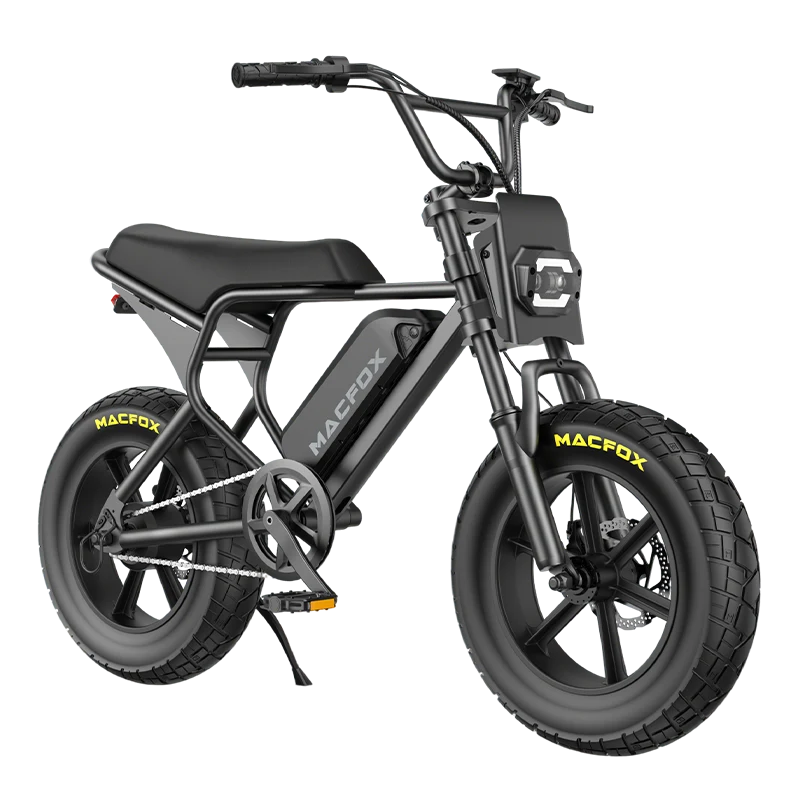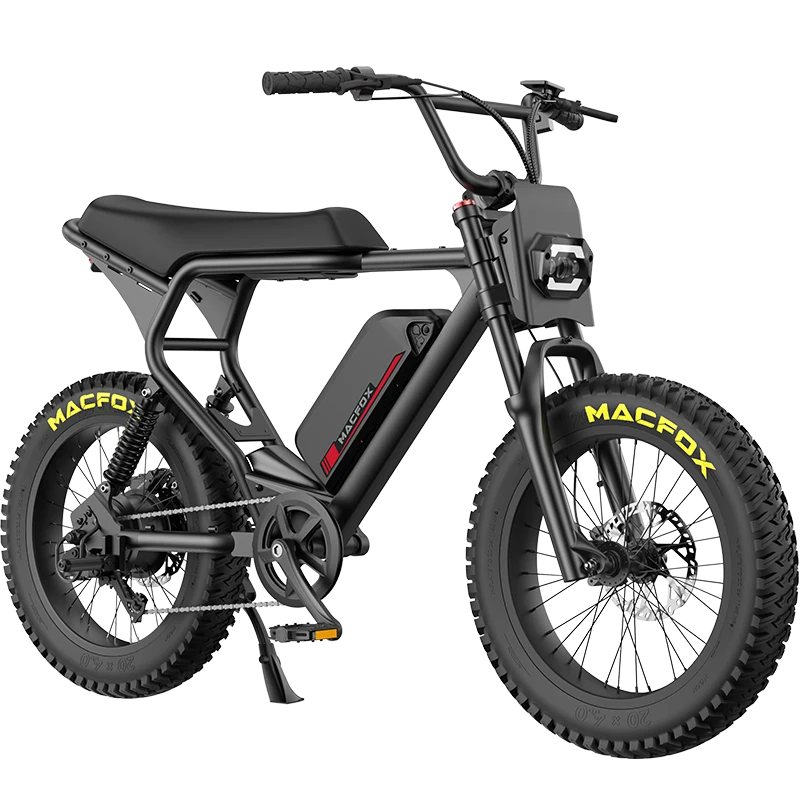Bike commuting can be clouded by myths and misconceptions that discourage its adoption as an everyday form of transportation. Concerns range from safety and convenience to perceived necessities of high-end gear - but did you know most of these claims are more fiction than reality? Today we tackle five common myths surrounding bike commuting head on; by the time this article ends you might just reach for your helmet instead of car keys!
1. Cycling Is Dangerous

For many aspiring bike commuters, fear that cycling poses risks is an impediment to getting on their bikes and riding to work every day. Although roads may pose risks and accidents can happen, perception is often greater than reality and with proper precautions in place and dedicated bike lanes in place it can actually be safer than many daily activities - education on road safety practices as well as use of proper safety gear can all play an integral part in mitigating risks and making cycling an excellent way to get around town
Statistics demonstrate the health advantages of cycling far outweigh its risks, according to research conducted and published in the British Medical Journal. Regular exercise, reduced air pollution exposure, and overall longer lifespan benefits far exceed any risk of accidents associated with it. But that doesn't diminish the significance of safe cycling practices such as wearing helmets, using lights at night, and abiding by traffic laws as essential safety measures every cyclist should adhere to when cycling.
Cities across the United States are realizing the significance of cyclist safety and are taking measures such as protected bike lanes and traffic calming measures to create a more secure environment for cycling enthusiasts. Not only will these changes make cycling safer but they may also encourage more people to consider biking as an alternate mode of transportation.
2. Bicycles Slow Traffic Down
Misconceptions about bicycles hindering traffic flow are widespread. However, in reality they can actually help ease congestion and improve traffic conditions by taking up less road space compared to cars - meaning more people can travel using bikes for transportation purposes in equal road space if more choose bikes instead of cars as their mode of travel.
Research from the University of Copenhagen revealed that cars occupy far more road space than bicycles, making cycling more efficient use of road space and creating less congestion in urban environments with frequent traffic jams compared to driving alone. Furthermore, cyclists can move faster than cars during rush hour in cities with high cycling rates such as Amsterdam and Copenhagen thanks to robust cycling infrastructure that facilitates smoother traffic flow for all types of vehicles.
Cycling helps decrease parking needs, which is one of the primary contributors to urban congestion. When cars take up less space for parking purposes, more lanes become available to cyclists and public transit - providing an efficient, less congested urban transportation network.
3. You Need an Expensive Bike and Equipment to Ride to Work
Many people believe that bike commuting requires a significant initial investment in high-end bikes and fancy gear; this couldn't be further from the truth! While having high-end bikes and accessories may enhance your commute experience, they aren't required for its success and enjoyment. All it takes for successful commuters is starting with reliable bikes that fit their ride comfortably - be they secondhand models or brand new! Regular maintenance ensures these reliable bikes serve perfectly for daily commuting needs.
Affordable cycling gear can make a dramatic impact in comfort and safety without breaking the bank. Essentials such as a sturdy helmet, comfy gloves, reflective clothing for visibility can all be purchased for relatively little outlay. As you progress as an experienced cyclist you may also wish to purchase additional equipment or upgrades as required.
Employers increasingly offer cycling to work programs as an affordable solution, showing they care about employees' health and well-being. Such schemes not only make bike commuting more accessible but also show an investment in employees.
Related Reading: The Absolute Best Electric Commuter Bike
4. Very Slow
Biking as an option for commuter transportation often gets misunderstood as being considerably slower than other forms of travel, including cars. While cars may travel faster over long distances, urban settings present different realities where traffic congestion, stoplights and searching for parking can significantly slow car travel rates; making biking a much more attractive and faster alternative in city settings than cars can ever be.
Bicycles provide greater mobility than cars in densely populated areas, taking advantage of bike lanes, paths, and even shortcuts not accessible to cars - often leading to shorter commute times than cars can offer. A study conducted by Portland Bureau of Transportation discovered that during rush hour bike trips were often faster than car journeys for similar distances.
Cycling offers commuters more consistent travel times without traffic jams and parking fees to consider, making cycling an appealing option in urban environments. Coupled with its additional health benefits and its ability to help avoid parking fees, cycling has proven an attractive solution for many urban commuting options.
5. "My Home Is Too Far Away for Cycling!"

Distance may seem an insurmountable obstacle to bike commuting; however, with creative solutions and some planning this challenge can often become manageable.
Hybrid Commuting: One of the most efficient strategies for long-distance commutes is combining biking with public transit. Many urban transit systems are now equipped to accept bicycles, enabling commuters to bike to a bus or train station before continuing with public transport for the remainder of their trip. Not only will this approach break down distance barriers but also maximize efficiency while offering exercise benefits and reducing your carbon footprint.
E-bikes: E-bikes have revolutionized the possibilities of commuting by bicycle, making longer distances more feasible. With the help of battery-powered motors, e-bikes can help commuters cover miles more easily, making even 20-mile commutes a realistic option for many. The Macfox X1 electric commuter bike, for example, opens up the possibility of commuting by bike to a wider audience, including those who may not have considered cycling due to fitness level, terrain or distance.
Incremental Adjustments: For those new to bike commuting, starting slowly can make the transition less daunting and easier. Gradually increase frequency as you become more confident with your route and abilities - this method allows your body to adapt gradually while helping to discover the most efficient and enjoyable commute.
Ride Sharing: For commuters faced with long commutes, another great solution may be combining cycling with carpooling. By riding to a colleague's house or meeting spot and then carpooling home together, not only can this decrease distance traveled but it can help decrease traffic congestion and emissions as well.
Benefits Beyond Distance: When considering bike commuting as an option for getting to work, its benefits extend far beyond just the journey itself. Regular physical activity, reduced stress levels, financial savings and a smaller carbon footprint are among many of the many positive outcomes from adding cycling into daily life. Even if biking the entire distance might not be feasible every day, integrating cycling into at least part of your commute may still bring substantial advantages.
Conclusion
Bicycle commuting can be clouded with myths that can dissuade newcomers. Yet as our investigation revealed, these common misperceptions don't hold up under close inspection - cycling to work is an environmentally friendly and healthful alternative to driving; by dispelling these myths we hope more people give bike commuting a try, reaping all its advantages. So why not hop on your bike for your next commute - the road ahead may be clearer and more inviting than expected!
Are you ready to pedal away the misconceptions and join the growing community of bike commuters? Your journey starts here - happy cycling!
FAQs
Are bikes really safe to commute in busy cities?
Yes, with proper safety equipment such as helmets and reflective clothing and by abiding by road rules, biking can be a safe form of transportation. Many cities are now investing in infrastructure to safeguard cyclists.
Aren't bicycle commutes slower than car journeys, especially during rush hour traffic conditions?
Not necessarily; bikes often move through urban traffic more quickly than cars during peak traffic times and you avoid the headache of finding parking spaces.
Do I require expensive gear in order to begin bike commuting? No.
No, starting out isn't expensive gear-wise - all it takes to get going is a reliable bike, helmet and basic safety equipment. From there, your needs and preferences will dictate any upgrades necessary.


















